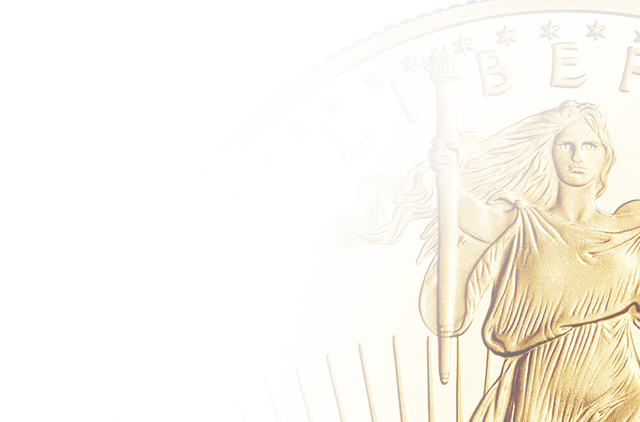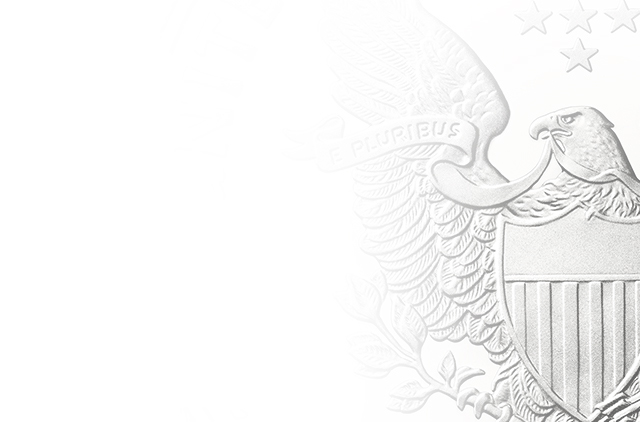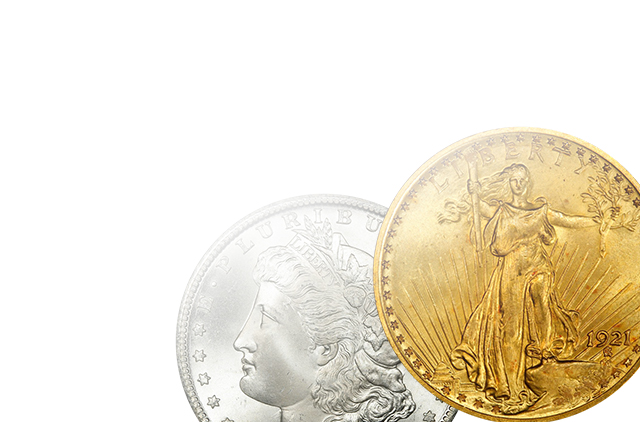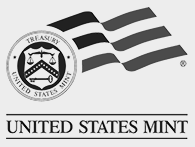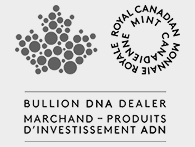FAQs
Frequently Asked Questions
What methods of payment do you accept?
How do you ship your packages?
How do you wrap your packages?
How long will it take to get my package?
What are the shipping and handling charges?
How large is the coin collecting hobby in the United States?
What’s the difference between numismatic coins and bullion coins?
What is considered U.S. Legal Tender?
I have a coin with heads (or tails) on both sides. What’s it worth?
What is the difference between Proof and Uncirculated coins?
What gold coin denominations did the U.S. Mint originally strike?
What was the first coin to bear the motto “IN GOD WE TRUST”?
What’s the best way to store my coins?
What methods of payment do you accept?
We accept checks (personal, business, cashiers, or check-by-phone), money orders and credit cards (Visa, Mastercard, Discover, and American Express). Checks are held 8 to 10 business days.
How do you ship your packages?
We ship all our packages via the United States Postal Service (USPS) and Federal Express (FedEx).
How do you wrap your packages?
All our packages are carefully and discretely wrapped and do not give any indication as to the contents inside.
How long will it take to get my package?
Your order is usually packaged and shipped within 7-10 business days of receipt of your good funds payment. Delivery time is dependent on the U.S. Postal Service, but can be expected on average within 5 to 10 business days after shipment. At times, we may send your items in multiple packages to complete the order.
What are the shipping and handling charges?
|
Order Total |
Shipping Charges |
|
Up to $99.00 |
$9.95 |
|
$100-$299.99 |
$14.95 |
|
$300-$999.99 |
$17.95 |
|
$1,000.00-$4,999.99 |
$24.95 |
|
$5,000.00-$9,999.99 |
$34.95 |
|
$10,000.00 and over |
$45.95 |
All orders are shipped via United States Postal Service. For large quantity orders or oversized items, additional shipping charges may apply.
Should I clean my coins?
No, you should not attempt to clean your coins. Cleaning a coin can cause significant and irreparable damage to the coin’s surface, and cleaned coins are almost always worth significantly less than a coin that has its original surface. Coins can oxidize, or form a surface patina, over time resulting in what is referred to as toning. Many collectors will only purchase coins with original toning.
How large is the coin collecting hobby in the United States?
There are millions of coin collectors in the U.S. today, and the number continues to grow. According to the United States Mint, over 100 million new collectors entered the hobby starting in 1999 due to the introduction of the Mint’s State Quarters Program. Many of those who started out collecting only state quarters became exposed to the wide variety of classic, seldom-seen U.S. coins and expanded their collecting interests into other areas of U.S. numismatics. Because the supply of rare, classic coins is limited, they have become much more elusive and desirable as time passes and the number of collectors grows.
What’s the difference between numismatic coins and bullion coins?
Bullion coins have a value solely based on their intrinsic gold or silver content. Numismatic coins with a gold or silver content have a “double play advantage” – their value is based on their scarcity and their demand in the collecting market and is not solely dependent on the daily fluctuations of the precious metals market.
What is considered U.S. Legal Tender?
Basically, U.S. Legal Tender is legally valid currency defined by law and issued by the government that may be offered in payment of a debt and that a creditor must accept. In contrast, souvenir medals, tokens, or other collectibles resembling coins or notes that are not officially issued by the U.S. government as valid currency is not Legal Tender.
What are Certified Coins?
Certified coins are coins that have been graded by an independent, third-party grading service. To become Certified, coins are examined and authenticated by at least 3 professional graders before being assigned a grade. Then, each coin is sealed in a tamper-evident plastic holder with a serial number, description, barcode and grade. While all coin grading is subjective, the combined consensus ensures your coin is of a more realistic grade.
There are a number of third-party grading services, but the two most highly-regarded in the industry are PCGS (Professional Coin Grading Service) and NGC (Numismatic Guaranty Corporation). PCGS and NGC guarantee the grade and authenticity of any coin that passes their rigorous standards. If coins have been certified by PCGS or NGC they may be traded sight- unseen with confidence in their grade and authenticity.
I have a coin with heads (or tails) on both sides. What’s it worth?
Double-headed (or tailed) coins are novelty items that have been manufactured for many years and are often used by magicians. They are available in novelty shops as trick items and have no numismatic value.
What is the difference between Proof and Uncirculated coins?
Proof coins are specially made for collectors, distinguished by sharpness of detail, usually a mirror-like surface, and frosted design elements. They are struck on special planchets with specially prepared dies in special presses and usually struck two or more times at greater pressure and much slower speed than regular issues.
Uncirculated coins are those coins produced with regular planchets, dies, and high speed presses for general use but not yet put into circulation. Uncirculated coins show no signs of wear; however, they may have “bag marks” or contact marks created as a result of the production and handling process at the Mint.
What is toning?
Coins, especially those struck in silver or copper, will sometimes change color due to their reaction to certain atmospheric conditions or other environmental factors. These color changes are natural, and are referred to as toning. Many collectors prefer toned coins.
What gold coin denominations did the U.S. Mint originally strike?
The original gold coins struck by the U.S. Mint were the $5 half eagle, $10 eagle, and in 1796 the $2.50 quarter eagle was added. With later discoveries of gold, other denominations were authorized to be struck. They included the $20 double eagle, $4 Stella, and $3 and $1 gold pieces.
What was the first coin to bear the motto “IN GOD WE TRUST”?
The two-cent piece, minted from 1864 to 1873, was the first U.S. coin to bear the motto IN GOD WE TRUST. With the Act of March 3, 1865, it became law for the motto to appear on U.S. coins that had room for it. It wasn’t until 1955 that legislation made the inscription IN GOD WE TRUST mandatory on U.S. paper money as well
What’s the best way to store my coins?
Coins are subject to damage due to mishandling, environmental issues, or improper storage. They should be kept in a dry environment away from potentially harmful chemical fumes, undisturbed and not be handled more than necessary. When handled, a coin should only be held by its edges, preferably over a soft surface, so it won’t be damaged if it falls. Try never to touch a coin on its obverse or reverse sides, since the natural oils in your skin can leave fingerprints. Wearing cotton gloves specifically designed for handling coins can be helpful.
Legacy Coins & Capital offers a diverse range of appealing coins to fit your budget and collecting needs.
Call us toll free at 800.766.2646 and speak to one of our Account Specialists today!

